
Autómata, José A. Madrid. Source: Flickr.
It’s been spreading on the Internet for 15 years. Several international conferences have already been organised on the subject, and it even became one of the top hashtags at this year’s World Economic Forum in Davos. We are entering the age of the Internet of Things, a term that refers to equipping ordinary objects from our everyday lives with sensors and information transmission systems that identify them and allow them to communicate among themselves and connect to the Internet, in order to provide us with data for a wide range of purposes. Can you imagine an alarm clock that decides to wake you up 10 minutes earlier because it knows you have a meeting first thing and there’s a traffic jam that day on your route to work?
Perhaps if Marty McFly had landed his DeLorean back in 2014 he wouldn’t be surprised to encounter al kinds of everyday objects, from tables and chairs to streetlights, coffee mugs, parking spots and glasses, talking to each other, swapping data and connecting to the Internet. Perhaps in the past that he came from, they imagined that the Internet of the future would jump from one computer to another first, then into the smartphones in our pockets, before infiltrating the ordinary objects in our day-to-day surroundings that we rarely even notice. And that it would make them smart. So perhaps the star of Back to the Future wouldn’t miss a thing, other than his flying skateboard.
Experts claim that this is the year when we will see a true revolution of objects: they will begin to connect to each other and to the net, they will understand each other, share information with our mobile phones, measure environmental parameters, and keep us posted on any changes. The age of the Internet of Things has arrived, and it will apparently allow us to make better decisions, optimise services and ultimately improve our lives.
A good example of this revolution is the boom in ‘wearables’ – gadgets like bracelets and watches that quantify us as we wear them. They measure our vital signs, the amount of calories we burn, how much exercise we do and the quality of our sleep. They collect the data through a series of sensors and send them to our mobile phones to assess our physical fitness, for example.
Other examples include the many companies that have equipped their fleets of vehicles with sensors and GPS to optimise routes, and the farmers who implant sensors in their cows that measure their vital signs and transmit the information to a server that the farmers can access in order to instantly determine the health of their herd, their movements and eating habits. Or fridges that can sense the products that have run out and buy them online. Or even smart toothbrushes that tell us whether our kids are neglecting any areas when they brush their teeth. And the list goes on; the imagination is the limit.
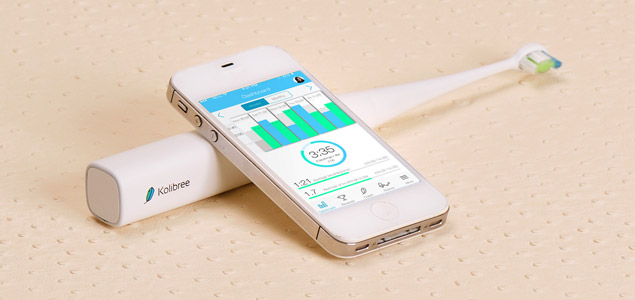
Toothbrush. Source: Kolibree.
According to technology manufacturing and consultancy firm Cisco, we are witnessing a fundamental change in our relationship to objects. A study by this US-based company shows that in 1984 there were 1000 connected devices, a number that rose to a million in 1992, and a billion devices in 2008. And according to data from IT company Sogeti’s VINT trend lab, there will be an estimated 50 billion connected devices in the world by 2020. Just think: That’s six times greater than the number of people who will be living on the planet! And each and every one of those objects will be identifiable, quantifiable and programmable. Because that’s exactly what the Internet of Things, also known by its initials IoT, is all about.
Smart objects
The concept is not new. It was coined at MIT in 1999, and the term the ‘Internet of Things’ was used to refer to the idea of connecting all kinds of objects, from electrical appliances to vehicles, books, clothing and watches. All they had to do was place a sensor in each object, and plug it into the Internet.
But before the idea could thrive they had to deal with a stumbling block: the technology that has slowed down the process until now. When the idea first came up some fifteen years ago, sensors were large and cost a lot of money. Internet connections were expensive and slow, a router was required to make the call, and wi-fi and smartphones didn’t exist. But things are different now: we carry around powerful tiny computers in our pockets, connectivity is ubiquitous, we can store enormous amounts of data in the cloud, and sensors are miniscule and affordable.
Although we tend to attach the label ‘smart’ to anything that goes online and provides data, the smartness of the Internet of Things will actually depend on connecting information from different sources – such as social media, traffic conditions and weather forecasts – in order to optimise existing services and create new ones. That’s where the enormous potential of this tool lies.
Imagine: streets equipped with sensors that detect the free parking spots in the city and let you know by sending you an sms so that you can avoid driving around in circles for hours looking for somewhere to park. Or an alarm clock that decides to wake you up ten minutes earlier because it has detected a traffic jam on your way to work and recalculated how long it will take you to get there. Or cars that connect to the city’s traffic management systems to suggest the best route and warn you of dangers such as patches of ice on the road.
Or smart clothing that sends an sms to the parents if a baby has a fever, or firemen’s uniforms that collect data on air temperature, wind velocity, and gas concentration levels to headquarters during a fire, to help them make them best possible decisions.
And the next big step after connected objects will be connected smart buildings, which will save energy and improve sustainability, adapting to their users and to the way they employ the space. And from there to the city itself: ‘smart cities’.
Meanwhile, the Internet of Things also opens up many exciting possibilities for cultural institutions. To start with, cultural centres can access visitor information in real time, allowing them to build up a detailed profile of the people who visit on different days of the week, and manage the flow of visitors through an exhibition, for example.
Centres could also offer exhibitions that adapt to each user. For example, in an exhibition about water use and our water footprint, a visitor could stand before an information panel that scans the manufacturing details on the smart label on his t-shirt and display customised information such as the specific amount of water that was used to make it. Or objects in an exhibition could offer visitors information about their background, their purpose, how many people have seen them, and even display short videos showing how they were produced or restored. An internet connection would allow the information to be updated in real time.
Some challenges
In order for the Internet of Things to really take off this year, we will have to overcome a series of challenges. First of all, we need to find a system for naming all of the devices. For now, every thing that connects to the net has a unique IP that identifies it. The current system, called IPv4, is based on four numbers between 0 and 255, separated by dots, which means it supports a total of 4.3 billion possible addresses. And that’s clearly not enough. This is why a new version known as IPv6 is already being introduced, and will theoretically support many more addresses. If we want to connect everything to the net, we will also need much more bandwidth.
And another important challenge will be computer viruses and other attacks. If one computer is infected we can lose our files, but if an entire network of objects is attacked by a virus the effects can be catastrophic. So can being hacked. Connected devices can be a way to gain access to our networks. Early this year 750,000 spam emails were sent from routers, alarms, webcams, and… a fridge! And in late 2011, the thermostat at the US Chamber of Commerce building apparently sent e-mail addresses, minutes of meetings and documents to an IP located in China.
But the technical side is not the only challenge. The potential of the Internet of Things lies in the enormous amount of data that it will generate, but these data will only be truly valuable if they are open and can be understood by users, so that they can be used by as many people as possible. Then again, we also have to consider our privacy. To what extent do we want our daily life to be monitored? And how much of that information should third parties such as the services sector be able to access? It won’t just be companies, other people will also be able to follow our digital trail and know what we are doing at all times. Will we feel comfortable with this level of interference in our private lives?
The connection of so many millions of objects to the Internet should lead to the growth of the knowledge economy. Experts claim that we will soon be a smart society of interconnected human beings. And it all starts today.

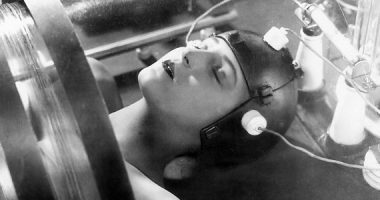
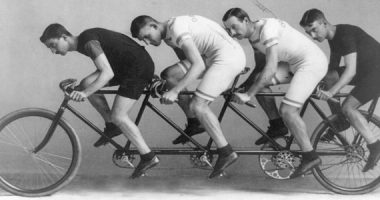
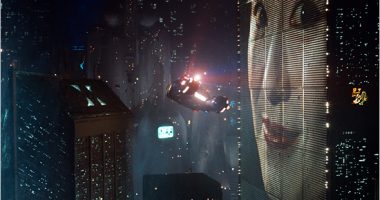
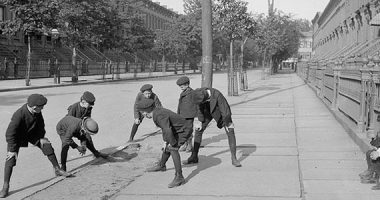
Leave a comment